#fimbriatus
Text
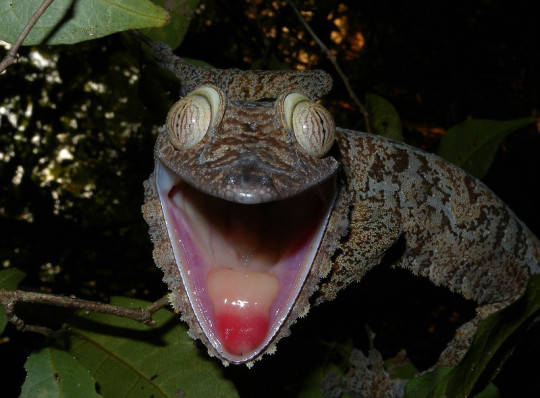
A giant leaf-tailed gecko (Uroplatus fimbriatus) in Nosy Mangabe, Madagascar
by Frank Vassen
#giant leaf tailed gecko#geckos#lizards#reptiles#uroplatus fimbriatus#uroplatus#gekkonidae#squamata#reptilia#chordata#wildlife: madagascar#wildlife: africa
490 notes
·
View notes
Text

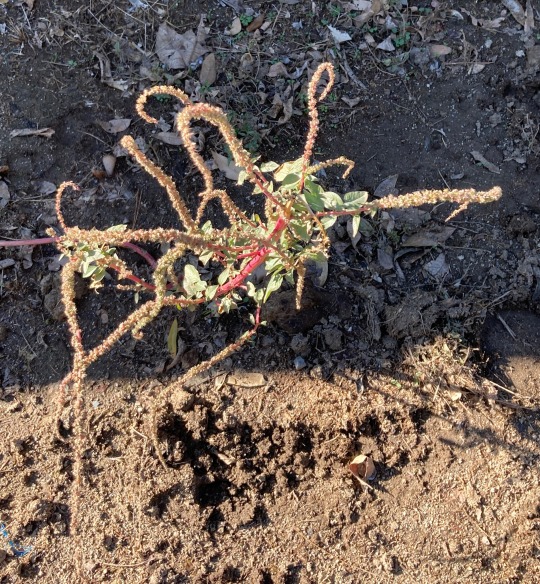
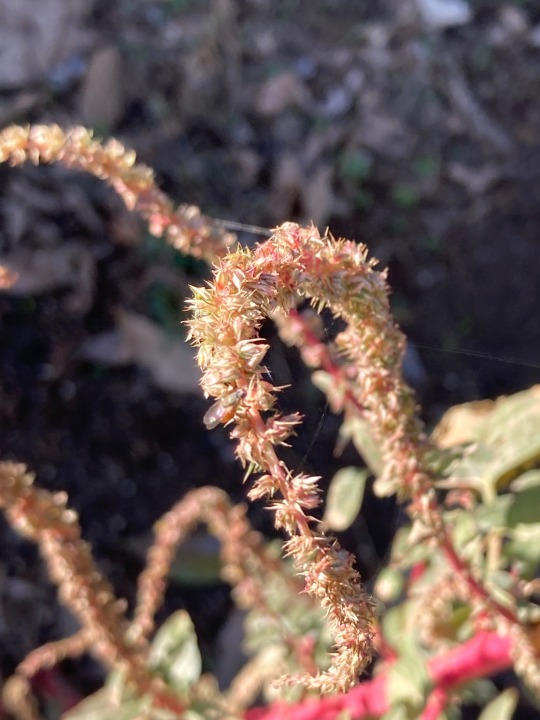
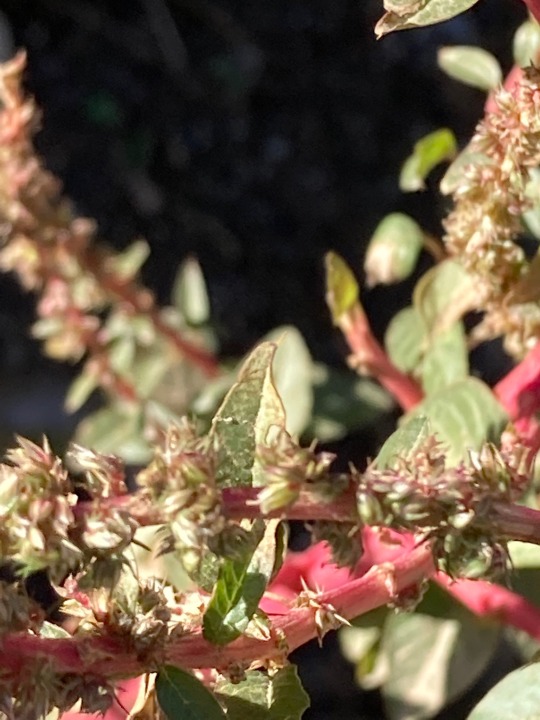
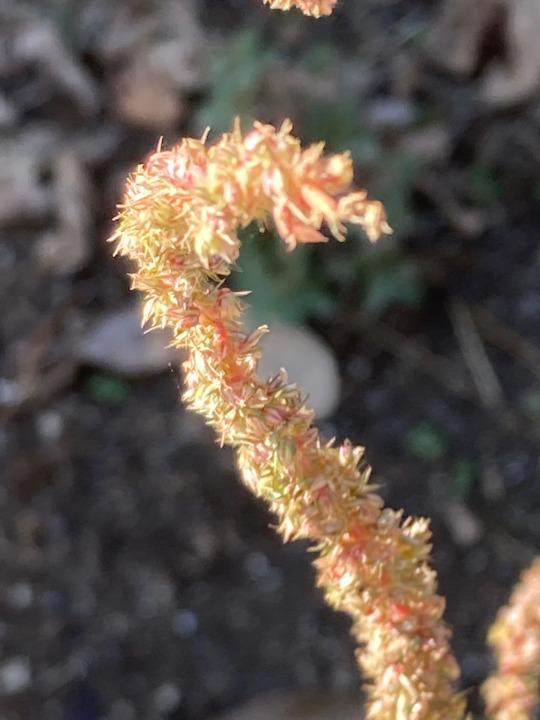

#fringed amaranth#amaranth#amaranthus fimbriatus#wildflowers#weeds#microflora#flies#tiny bug#insects#los angeles equestrian center#burbank
8 notes
·
View notes
Video
n388_w1150 by Biodiversity Heritage Library
Via Flickr:
Gartenflora.. Erlangen :F. Enke,1852-1940.. biodiversitylibrary.org/page/42981074
#Gardening#Periodicals#Plants#Ornamental#Harvard University Botany Libraries#bhl:page=42981074#dc:identifier=http://biodiversitylibrary.org/page/42981074#undulatus#flickr#botanical illustration#scientific illustration#dichopogon fimbriatus#dichopogon undulatus#chocolate lily#Dichopogon
0 notes
Photo
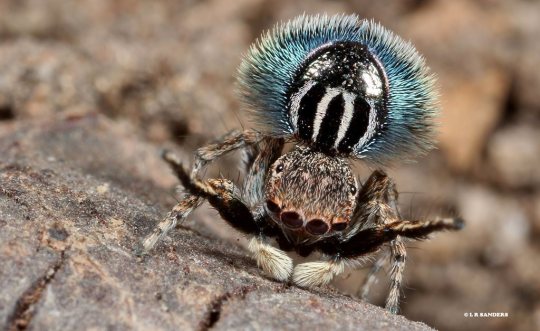
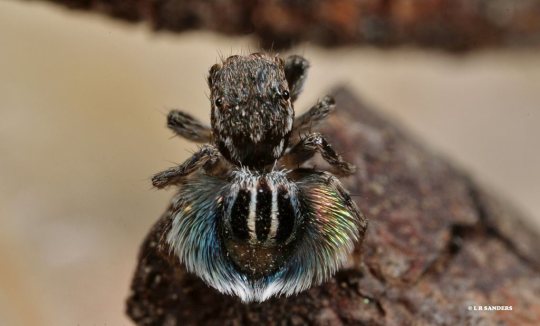
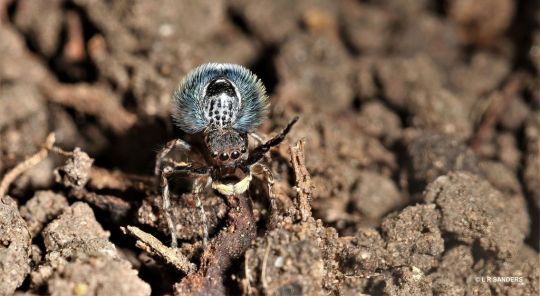






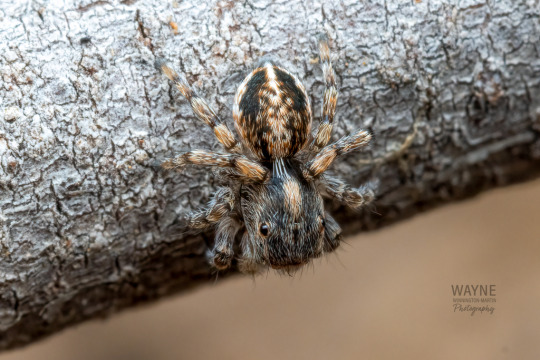
Fringed peacock spider, Maratus fimbriatus, Salticidae
Found in Queensland, Australia. Photos 1-7 show males and 8-10 show females.
Photo 1-5 by laz and 6-10 by waynew-m
#animals#curators on tumblr#bugs#arachnids#spider#jumping spider#peacock jumping spider#peacock spider#fringed peacock spider#Maratus#one nice bug
2K notes
·
View notes
Note
Hi, I love your work! I was lucky enough to spend six months some years ago in Madagascar studying Prolemur simus, but of course while I was there I also saw no shortage of amazing amphibians. I don’t know who these fine fellows are, but I thought you might like to see them!





Fantastic. These are, in order of appearance, a juvenile Boophis—not sure which species; Boophis viridis, Boophis madagascariensis, Spinomantis aglavei or S. fimbriatus, and Heterixalus betsileo. If you have any locality data, please consider uploading the photos to iNaturalist.org!
237 notes
·
View notes
Photo

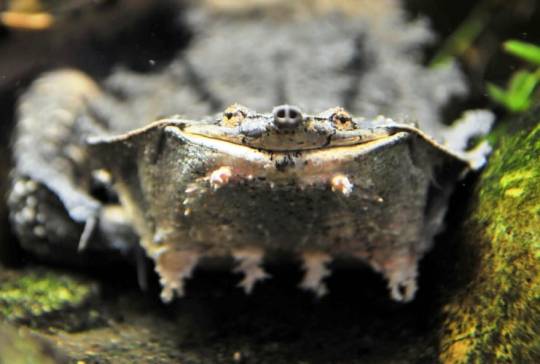
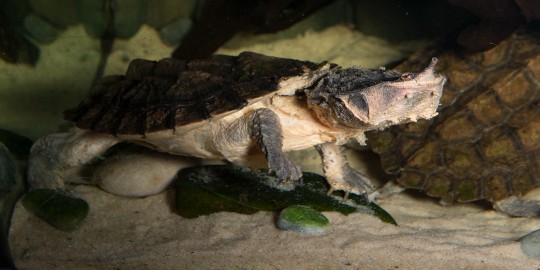
A Mata-Fine Mata Mata turtle
A resident of the Amazon and Orinoco river basins, the mata mata (Chelus fimbriatus) is a species of freshwater turtle found in streams, pools, and wetlands throughout northern South America, from Venezuela to Brazil, as well as the island of Trinidad. This species is almost entirely aquatic, and excursions on land are extremely rare. However, they are not well adapted for swimming in open water, and are thus most commonly seen in shallow bodies of water with soft, muddy bottoms.
C. fimbriatus has a unique appearance among turtle species. The carapace-- the part of the shell that covers the back--it has three ridges running down its length and is often covered in algae, and so resembles tree bark. The head is similarly shaped to resemble leaf litter; it’s triangular, and the fringes around the cheeks and mouth break up the outline. The mata mata’s nose is long and snorkel-like, allowing it to remain just under the surface. Despite its unobtrusive looks, this species is actually quite large; mata mata can grow up to 45 cm (1.5 ft) long and weigh up to 17.2 kg (38 lbs).
Because of its unique body shape and camouflage, the mata mata is well suited to a sedentary life, and has few natural predators. It has extremely poor eyesight, though it does share an adaptation with other nocturnal reptiles that allows the eyes to reflect low levels of light. To compensate, the mata mata relies on its hearing, amplified by a large tympanium on either side of the head, and on the barbels lining its jaw. In addition to being an excellent costume, these barbels allow C. fimbriatus to sense vibrations in the water. The mata mata spends most of its time submurged or buried under the mud, waiting for potential prey like fish, worms, crustaceans, and insects to swim by. When they’re close enough, the mata mata opens its jaws and sucks its target in whole. Individuals have also been recorded herding schools of fish into confined areas before feeding.
The only time the mata mata emerges from the water is to reproduce. Individuals are solitary until September or October, when they begin to seek out mates. When a male encounters a female, he approaches while opening and closing his mouth, extending his limbs, and moving the flaps on the side of his head. If the female is impressed, she allows him to mount. Afterwards, she hauls herself out onto the nearby bank and builds a rudimentary nest from the forest litter. There, she lays 12-28 eggs, which will take about 200 days to hatch. There is no information on how long hatchlings take to fully mature, but individuals can live anywhere from 15-30 years.
Conservation status: The mata mata has not been evaluated by the IUCN, but is threatened by habitat destruction and overharvesting for the pet trade.
If you like what I do, consider leaving a tip or buying me a ko-fi!
Photos
Rune Midtgaard
Christopher Wellner
Joachim S. Muller
#mata mata#Testudines#Chelidae#Austro-South American side-neck turtles#side-neck turtles#turtles#reptiles#freshwater fauna#freshwater reptiles#rivers#river reptiles#wetlands#wetland reptiles#south america#Northern South America#Amazon Rainforest#animal facts#biology#zoology
234 notes
·
View notes
Text
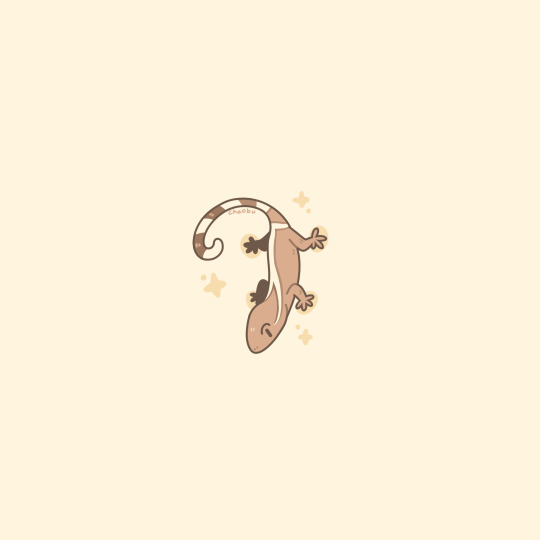







Tiny geckos [4/4] + Phylogenetic Tree
25 - Lined Gecko (Gekko vittatus)
26 - Northern spiny-tailed gecko (Strophurus ciliaris)
27 - Three-lined knob-tailed gecko (Nephrurus levis)
28 - Common flat-tail gecko (Uroplatus fimbriatus)
29 - Geckolepis megalepis, a species of fish-scale gecko
30 - Virgin Islands dwarf sphaero (Sphaerodactylus parthenopion)
31 - Delcourt's giant gecko (Hoplodactylus delcourti)
195 notes
·
View notes
Text

Grzimek's Animal Life Encyclopedia. Volume 6: Reptiles. Written by Bernard Grzimek. 1984.
1.) Tokay gecko (Gekko gecko)
2.) Peacock day gecko (Phelsuma quadriocellata)
3.) Auckland green gecko (Naultinus elegans)
4.) Kuhl's flying gecko (Ptychozoon kuhli)
5.) Mediterranean house gecko (Hemidactylus turcicus)
6.) Common wall gecko (Tarentola mauritanica)
7.) Day gecko (Phelsuma madagascariensis)
8.) Common flat-tail gecko (Uroplatus fimbriatus)
#reptiles#lizards#geckos#tokay gecko#peacock day gecko#auckland green gecko#kuhl's flying gecko#mediterranean house gecko#common wall gecko#day geckos#common flat-tail gecko#signature
172 notes
·
View notes
Text

Gymnothorax fimbriatus or the Fimbriated moray.
This little guy poked his head out to come say hello. Interestingly enough, I don’t think that glassy colouration to the eye is normal, my theory is that it has been damaged from a disease or parasite. Would love to hear more from someone more knowledgeable :)
43 notes
·
View notes
Text
up to date list of all my invertz
⭐ - medically significant venom
⭐? - possibly significant, not enough research
⭐⭐- *sisyphus prime voice* this will hurt.
˚₊𓆩༺🕷༻𓆪₊˚
🕷️ tarantulas 🕷️
acanthoscurria geniculata - unnamed
aphonopelma sp. jalisco - unnamed
brachypelma hamorii - pleck
ceratogyrus marshalli - kantus ⭐
chilobrachys fimbriatus - hersey ⭐
chilobrachys huahini - unnamed ⭐
cyriopagopoeus lividus - unnamed ⭐
cyriopagopoeus lividus - unnamed ⭐
haploclastus devamatha - bridgeburner
homeoemma chilensis - iblis ♀
lampropelma n. arboricola - unnamed
lasiodora parahybana - laios
phormictopus auratus - furnace ♀
poecilotheria subfusca - pepper ⭐⭐
pterinochilus murinus - reaver ⭐
selenocosmia crassipes - bard
˚₊𓆩༺🕷༻𓆪₊˚
🕷️ true spiders 🕷️
colombian funnelweb (l. sericata) - cupcake
rain spider (p. superciliosus) - brown recluse
fishing spider (dolomedes spp.) - unnamed
black fang wanderer (m. kingsleyi) - sisyphus ♀⭐?
nursery web spider (pisaurina mira) - ixion
nursery web spider (pisaurina mira) - stalker
nursery web spider (pisaurina mira) - unnamed
pantropical huntsman (h. venatoria) - keter
silver funnelwebber (euprosthenops sp.) - ferryman
10-spot wandering spider (ctenidae sp.) - vulcan⭐?
widow jumping spider (p. ardens) - exodus
˚₊𓆩༺🕷༻𓆪₊˚
🩸 centipedes 🩸
rhysida longipes - shadow
scolopendra cingulata - earthmover ⭐
scolopendra morsitans (blood red) - sceptre ⭐
scolopendra dehaani (sumatra pink) - eos ⭐⭐
˚₊𓆩༺🕷༻𓆪₊˚
🍃 mantids 🍃
chinese mantis (t. sinensis) - seven
giant shield mantis (r. megaera) - unnamed
joker mantis (p. picta) - punchline
marbled mantis (p. comorana) - unnamed
˚₊𓆩༺🕷༻𓆪₊˚
🐞 beetles 🐞
dorcus titanus - sawblade ♂
dorcus titanus - sharpshooter ♀
homoderus gladiator - unnamed grub
prosopocoilus savagei - unnamed grub
mecynorrhina harrisi - unnamed grub
mecynorrhina harrisi - unnamed grub
mecynorrhina harrisi - unnamed grub
˚₊𓆩༺🕷༻𓆪₊˚
🦂 scorpions 🦂
dwarf wood (l. australasiae) - bargarean jade ♀
vietnam forest (h. loaticus) - hideous mass
11 notes
·
View notes
Photo
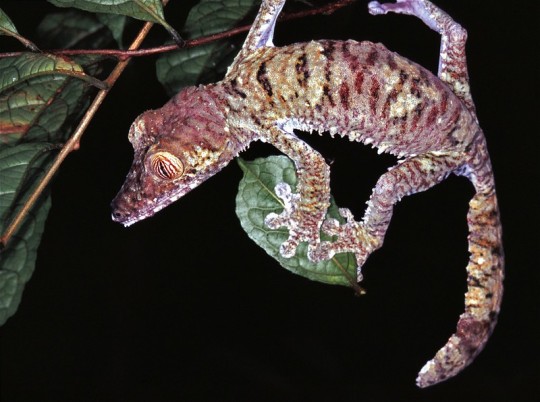
Common flat-tailed gecko (Uroplatus fimbriatus) in Nosy Mangabe, Madagascar, Africa
by Bernard Dupont
#common flat tailed gecko#geckos#lizards#reptiles#uroplatus fimbriatus#uroplatus#Gekkonidae#squamata#reptilia#chordata#wildlife: madagascar#wildlife: africa
87 notes
·
View notes
Text
MerMay is HERE!!!

What would the Neighbors look like as merfolk? Well, after plenty of research (thank you Wiki, many fishing sites, & relatives irl), here's my take on that in alphabetical order.
🐶🐟Barnaby B. Beagle: Atlantic Spiny Dogfish. Okay, okay, this was an automatic choice just because of the name. Although, two venomous spines, can grow up to 4' (4 feet), often seen hunting prey in dog-like packs (hence the dog-like name), tends to feed primarily on crustaceans, jellyfish, squid, &/or schooling fish. Cod, red hake, goosefish, other spiny dogfish, larger sharks, seals, & killer whales all prey on dogfish. Dogfish also have a habit of getting caught in fishing nets due to their size, often resulting in bycatch (n. the unwanted fish and other marine creatures caught during commercial fishing for a different species). Now, clearly, Barnaby will be the same size as in his bio, same colors to as is the case with everyone else here.
✉️🐟Eddie Dear: Common (freshwater) Carp. These guys are all over the place where I go fishing/crabbing, make for good eating, too. What they do is root around soft sediment They usually feed on aquatic plants, worms, zooplankton, & other small animals found in the deposits. Their rooting upsets the water's bed & degrades their habitats by uprooting vegetation and increasing turbidity (cloudiness in the water due to particles). They're native to freshwater lakes & rivers in Eurasia. They were introduced to the United States in the late 1800s as a new sportfish. Now found in 48 U.S. states & most temperate areas around the globe. They typically prefer slow-moving systems with soft muddy/sandy bottoms. Found in most lakes & rivers in Louisiana. They sort of look like massive goldfish that evolved to be tougher for the wild. Somehow, they're often confused with native small/largemouth buffalo [fish]. Generally, they're a sort of golden brown/brassy green color that wanes to a pale yellow/white belly. The silvery variety can be found too, I've just caught the others. Subterminal mouths with two sets of barbels (AKA: "whiskers") off the upper corners of their mouths, large scales. Like most North American fish, they can grow +50 lbs but are more commonly found between 10-20 lbs.
🦋 🐟Frank Frankly: Florida Pompano. The Florida pompano, part of the jack family, is a species of marine fish with a compressed body, short snout & deeply forked tail. Pompano fish often have a color variation of blue, green & yellow on their dorsal areas with silver &/or yellow on their body & fins. I imagine he/they studies butterfly fish instead of actual butterflies. He'll still pop up to the surface to watch actual butterflies flutter around. Most adults of this breed feed on small surf clams, amphipods (I.e. sand-hoppers/beach-fleas, predaceous ghost shrimp, whale ectoparasites Cyamus, etc.), crabs, shrimp & even mussels. If he finds pearls or precious-looking items, he gives them to Eddie or Julie.
🐛🐟Howdy Pillar: Fimbriated Moray Eel. Get it? Because he's got freckles. Huh, huh? Anyways, these eels (aka Gymnothorax fimbriatus/ dark-spotted moray/spot-face moray), are a moray eel of the family Muraenidae, obviously. They're medium-sized moray that can reach a maximum length of 80 centimeters (31 in), though Howdy would be bigger (+8ft, maybe). Its serpentine-shaped body has a white-cream to light brown background color dotted with numerous dark spots which latter vary in size and shape depending on the individual & maturity. It has a tapered snout, is greenish-yellow with black dots, the corners of the mouth are white, & a very boop-worthy snout tip. He does the same things in his OG counterpart's way but with fish-based needs; worms, fallen crates of goods, fish filets from seemingly nonsentient fish, & so on. Wally is far more slippery, so plucking a chosen item is easier in Mer!form than bing bipedal. Howdy is an eel, so hunting isn't much of a challenge for him.
🌈🐠Julie Joyful: The Lybia Tessellata (commonly named "Pom-pom/Cheerleader/Boxer crab") comes from its symbiotic exercise of brandishing a stinging sea anemone (usually Triactis producta) in each of its claws to fend off predators & possibly to stun prey. Its "boxer crab" title comes from its bellicose reaction to threats. Something about this just fits...
🐔🐳Poppy Partridge: There are a lot of fish in the ocean, like birds in a tree. The chicken could be tuna (chicken of the sea), that much I know. Maybe a little parrot fish for color? Grouper for size? I can't find anything for her.
🌟🐠Sally Starlet: I'll be honest here, I was going to automatically pick a default starfish to go here, but then is kept digging. I'm stuck between a Lion Fish & a Manderinfish. Surprise, surprise, I can't pick. Maybe both with a touch of Flame Angel Fish for color?
😘🐟Wally Darling/Home: Yellowhead Jawfish (AKA; Opistognathus aurifrons) these little darlings [pun intended] are usually seen in undersized colonies around sandy &/or rubble-coated areas near reefs. Their lairs, smallish architectural phenomena, are created by excavating holes and lining them with rocks & shells for support - all done with their mouths. Obviously, Darling is half humanoid so he could use his hands here. Still, it's an interesting idea for him to be the one who builds Home. 🤔
These are just my thoughts on what they'd look like fish-wise. I'll need more time to pick & choose what other traits they'll each keep or lose. Feel free to use this as a sort of prompt or muse material 🤗!
2 notes
·
View notes
Text
0 notes
Text
@lady-bertrams-pug submitted: Discovered this beauty at a pond, Rhineland, Germany. Possibly Dolomedes fimbriatus.
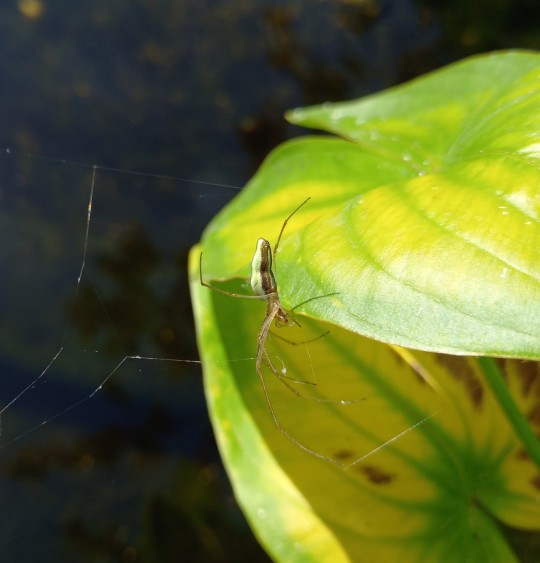
What a lovely lady! She’s actually a long-jawed orbweaver in the genus Tetragntha rather than a fishing spider in Dolomedes :)
47 notes
·
View notes
Text
Бахромчатая черепаха или черепаха Матамата

Интересный представитель змейношейих черепах – Бахромчатая черепаха или черепаха матамата (Chelus fimbriatus), также входящая в группу бокошейных.
Группа названа так по особому строению скелета.
Строение внутренних органов представителей этого вида черепах имеют свои отличия.
Шея у этих черепах, в отличие от других видов, не изгибается вертикально, когда черепаха втягивает голову, а заворачивается под панцирь.
Таким образом, голова черепахи при этом оказывается прижатой к передней ноге, точнее к ее основанию.

Всего насчитывается 31 вид земношейных черепах.
Водятся они в странах южного полушария: Австралии, Новой Гвинее, а также Южной Америке.
Эти черепахи хорошо переносят содержание в неволе, поэтому они частые гости многих террариумов.
Эта довольно крупная черепаха (до 40 см) имеет весьма своеобразную внешность.
Панцирь ее, с зазубринами по краям, сверху украшен тремя зубчатыми выступами, которые образуются острыми буграми конусообразной формы на каждом щитке.
Привлекает внимание и оригинальная форма головы и змеиная, длинная шея.
Она покрыта своеобразными кожистыми лохмотьями, а над ушами черепахи имеются довольно большие кожистые наросты.
Конец мордочки украшает длинный хоботок.
Такой необычный вид упрощает черепахе охоту и добывание пищи. Затаившись, черепаха дожидается своей жертвы (это может быть головастик или рыба).

Добыча, привлеченная колышущимися лоскутами на шее и голове черепахи, подплывает на близкое расстояние.
И вот тогда матамата открывает пасть, а потом резко втягивает в себя воду, вместе с добычей.
В итоге жертва заглатывается целиком.
А черепаха, захлопнув рот, выпускает воду обратно, слегка приоткрывая пасть.
В отличие от других видов черепах, матамата имеет слабые челюсти и не может откусить или удержать ими добычу, всегда заглатывая ее целиком.
Черепахи матамата хорошо чувствуют себя в неволе.
Их содержат в больших акватеррариумах с температурой воды 28-30С, температура воздуха в помещении должна быть 28-30С.
Кормят этих черепах обязательно мелкой, живой пищей.
Это могут быть рыбешки, живые лягушата или головастики.
Со временем черепах можно приучить брать и другой корм: размороженную рыбу, мышат или куриное мясо.
Размножаться черепахи могут круглый год.
После спаривания самка откладывает примерно 30 яиц.
Обычно это происходит осенью-зимой, с октября по декабрь. Длительность периода инкубации зависит в первую очередь от окружающей температуры.
При 24С длится 250-310 суток, если повысить температуру до 30С - 60-140 суток.




0 notes
Text


|||Chilobrachys fimbriatus|||
Common name : Indian violet earth tiger
Origin : 🇮🇳
Habitat : Forest
Type : Old World fossorial
Legspan : 4.5-5.5in
Lifespan : 3-5yrs (M), 20-25yrs (F)
Urticating hairs : No
Venom : High
Temperament : Typically bold, skittish, can be defensive if provoked
Experience : Advanced
0 notes
